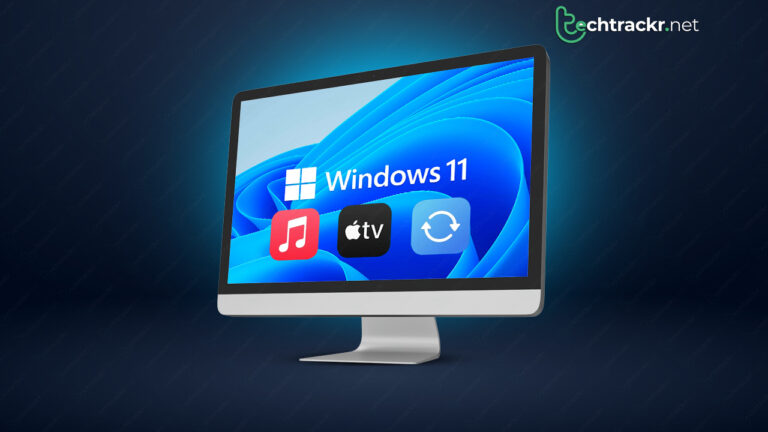
The most versatile, yet most annoying thing about the Apple ecosystem is iTunes. It is literally Apple’s most hated app despite being the digital hub for all things Apple. Like many users, I am also heavily invested in the Apple ecosystem, and can’t escape iTunes for obvious reasons. But I still try to avoid using it wherever possible because it just sucks. Yes, it does!
Ok enough with the rant but it was necessary. Things are about to change for good. In a strategic move, Apple has introduced standalone Windows apps tailored for specific functions – Apple Music, Apple TV, and Apple Devices – replacing the once-universal iTunes platform.
First previewed in January 2023, these apps are now officially available for the Windows platform. According to Apple, these dedicated apps are designed specifically for listening to music, watching content, and managing your Apple devices.
Each app is designed to cater to specific user needs, providing a more user-friendly and intuitive experience, something iTunes never managed to offer. Let’s get into the details.
Navigating the New Apple Ecosystem
Apple Music App: The dedicated app will allow iPhone users to listen to and manage music from the iTunes library, including your iTunes Store purchases.
Apple TV App: Designed for video content consumption, this app will let users watch movies, documentaries, and TV series from their iTunes library, and explore the Apple TV+ streaming service.
Apple Devices App: Tailored for device management, the dedicated app will let you manually update, back up, restore, and manage your iPhone or iPad on Windows PCs. You can also manually sync content from your PC on your iOS devices without iTunes.
Sounds good, right? For your music and videos, you’ll need to use the Apple Music and Apple TV apps. And if you want to manage your iPhone or iPad, use the Apple Devices app. It’s like these new apps are taking over different jobs that iTunes used to do.
Any Specific System Requirements?
Apple’s applications for Windows are compatible with x86-based PCs operating on either Windows 10 or Windows 11. If you are not on Windows 10 or 11, you will have to rely on the annoying iTunes.
Key Considerations for Users:
1. Windows 10 Requirement: Users need Windows 10 or later to leverage the benefits of these standalone apps.
2. Download All Three Apps: For comprehensive access, users are required to download all three apps – Apple Music, Apple TV, and Apple Devices. Attempting to download only one will prompt iTunes to recommend downloading the others for full access.
3. iTunes Role: After downloading the standalone apps, iTunes will still serve as the gateway to podcasts and audiobooks, maintaining its relevance in specific content areas.
4. Content Accessibility: Apple Music and Apple TV apps seamlessly read the contents of the iTunes library. Deleting the iTunes library is cautioned against to ensure uninterrupted access to purchased content. In simple words, don’t delete music and Apple TV content from your iTunes library even if you are not using iTunes.
5. Authorization for Purchases: To access iTunes Store purchases in the Apple Music and Apple TV apps, you need to authorize your computers with the Apple ID.
Once you download the Apple Music, Apple TV, and Apple Devices apps, you won’t find your music or videos in iTunes anymore. You can’t use it to manually sync or manage your iPhone or iPad. You can only use iTunes only to access and manage your podcasts and audiobooks.
In wrapping things up, Apple’s shift from iTunes to standalone apps is a much-needed move to make the digital experience better for users who are heavily invested in the Apple ecosystem. I believe this shift isn’t just about streamlining; it’s about getting a more focused and efficient way to manage the music, videos, and basic device functionality.
Watch this space as I will write a detailed review of the new apps and how their functionality differs that from iTunes. Stay tuned.
